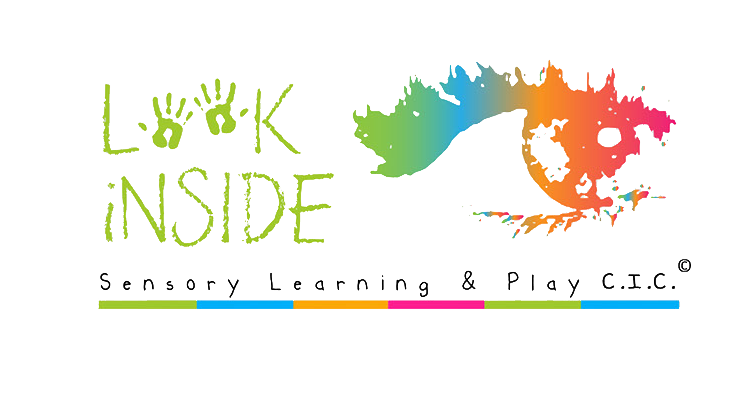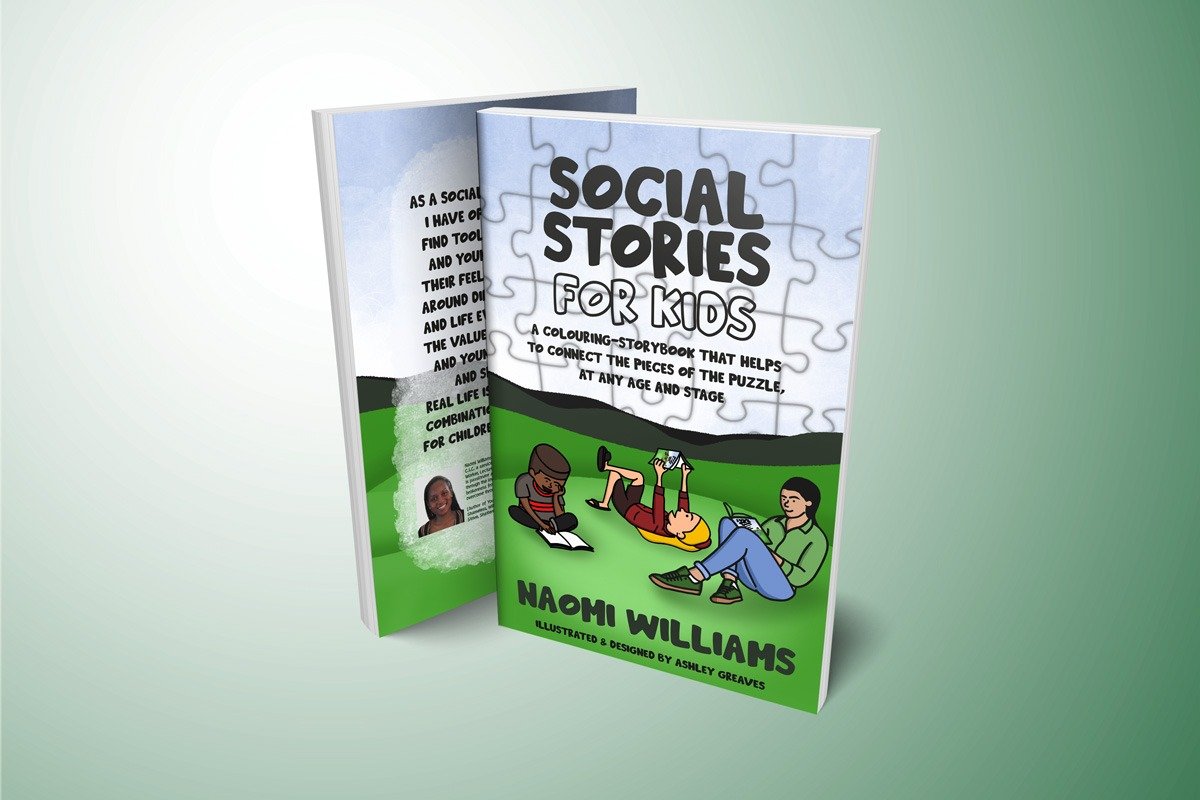A Life in Pictures: Benefits of Social Stories for Supporting Children & Young People
By Naomi Williams
Author and Founding Director of Sensory Learning & Play C.I.C.
2nd March 2023
What Are Social Stories
Social Stories are an effective way to support children and young people with additional needs, disabilities and social, emotional, mental, or behavioural needs, to develop an understanding of the world, while preparing them for specific situations that they will find themselves in as they go through life.
Ali & Saad (2016) agreed, that Social Stories have been developed specifically to help Autistic children and young people understand social situations, by illustrating behaviours and offering examples of suitable responses. Children and Young People with additional needs are four and a half times more likely to have anxiety than their peers, and an increased risk of other health problems (Learning Disabilities: Statistics, 2023). Social Stories can benefit those children and young people who need it most and support parents, carers, and professionals with evidenced-based advice and guidance that is usually found on the pages throughout a Social Story presented as prompts or questions.
It is the perfect opportunity for a parent/carer or professional to support a small group, class, or individual on a one-to-one basis by exploring their thoughts, and feelings and empowering them with life lessons for their social skills toolbox.
Benefits of Social Stories
✓ Improvement in social communication.
✓ Improves general behaviour in new situations.
✓ Develops conversational skills.
✓ Supports emotional regulation.
✓ Prepares children and young people for changes.
(Chen et al., 2020)
Professional Experiences
As a Clinical Academic and parent, I use various types of Social Stories to support therapeutic interventions, as part of a research instrument to gain the views and experiences of children and young people. Also, to support my children to understand social situations and scenarios that they may not otherwise be aware of. Although Social Stories were created to support Autistic children and young people, I have used them with children and young people with a range of needs, backgrounds, abilities, and ages and found them very effective. In my experience, I have discovered that the most effective Social Stories, are the ones that are interactive for the child and have prompts for the parent/carer or professional. I have compiled several children’s books that are based on the principles of Social Stories, these include titles ‘Will This Last Forever- Children’s Covid-19 Story Book by Naomi Williams’ and ‘Covid-19 Children’s Activity Scrapbook by Naomi Williams’.
The most recent Social Stories, that I have created ‘Social Stories for Kids’, include the opportunity for children to colour, while they are supported through the story, it is a compilation of 19 Children’s Social Stories, and does not need to be read in any particular order, the stories can be chosen as and when necessary for the needs of the child. Social Stories for Kids could benefit children who experience anxiety, worry, trauma, loss, grief, or major life changes, and additionally, those who may need support with preparing for and understanding social situations. There are useful questions and conversation starters to help relieve children of fears and phobias too. The illustrations are black and white so that children can personalise the book and colour them in as they go along. There is no need to rush through one story in a sitting, each page can be used one at a time, to work at the individual child’s/group’s pace.
View My Tooth Social Story Colouring Book.
Part of Social Stories for Kids By Naomi Williams
How To Create Your Own Social Story
1. Criterion 1: The Social Story Goal
Authors follow a defined process to share accurate information using a content, format, and voice that is descriptive, meaningful, and physically, socially, and emotionally safe for the Audience.
2. Criterion 2: Two-Step Discovery
Keeping the Goal in mind, authors gather relevant information to 1) improve their understanding of the Audience in relation to a situation, skill, or concept and/or 2) identify the specific topic(s) and the most critical information (focus) of each Story. At least 50% of all Social Stories applaud achievements.
3. Criterion 3: Three-Parts & a Title
A Social Story/Article has a title and introduction that clearly identifies the topic, a body that adds detail, and a conclusion that reinforces and summarises the information.
4. Criterion 4: Format Makes it Mine!
The Social Story format is tailored to the individual abilities, attention span, learning style and – whenever possible talents and/or interests of its Audience.
(Gray, 2018)
References
Ali, M., & Saad, E. (2016). The Effectiveness of Social Stories among Children and Adolescents with Autism Spectrum Disorders: Meta-Analysis. In International Journal of Psycho-Educational Sciences (Issue 5).
Chen, T., Yang, W., Wang, Q., Zhang, Y., & Ma, Z. (2020). Effects of social stories intervention for children and adolescents with autism spectrum disorders: A protocol for a systematic review and meta-analysis of randomized controlled trials. Medicine, 99(37), e22018.
Gray, C. (2018) The Social Story Philosophy.
Learning Disabilities: Statistics. Available at https://www.mentalhealth.org.uk/explore-mental-health/mental-health-statistics/learning-disabilities-statistics Accessed on 2nd March 2023

